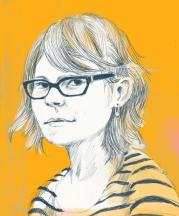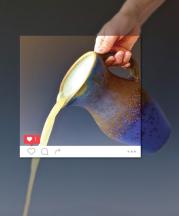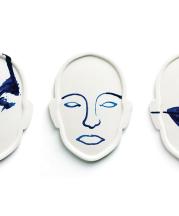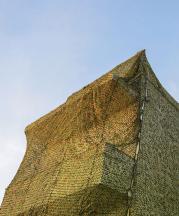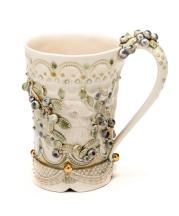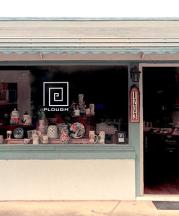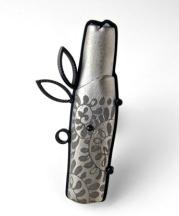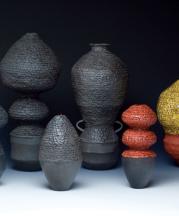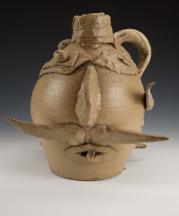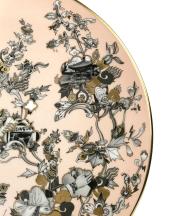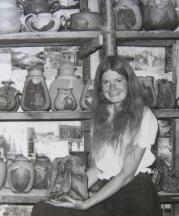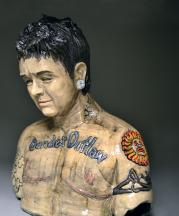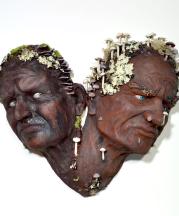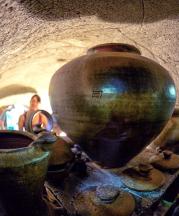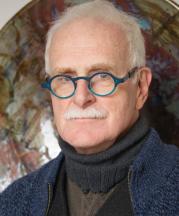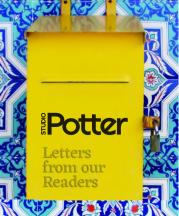PDF Product
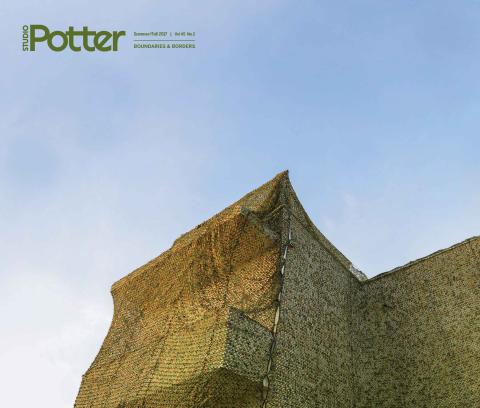
Summer/Fall 2017
Boundaries and Borders, Vol. 45 No. 2
Studio Potter is pleased to present its 90th issue, a special edition guest-edited by Martina Lantin, who is a studio potter and Assistant Professor dividing her time between Marlboro, Vermont, and Calgary, Alberta. This issue features fourteen authors’ deep explorations of the “borders and boundaries” that ceramics imposes and offers. Topics range from gender identity to mental health to the power of social media to contemporary and historical Inuit culture to West African Vodu traditions to a start-up studio-gallery in rural Georgia, to a provocative discussion of art and politics with curator and scholar, Wendy Gers, and more!

